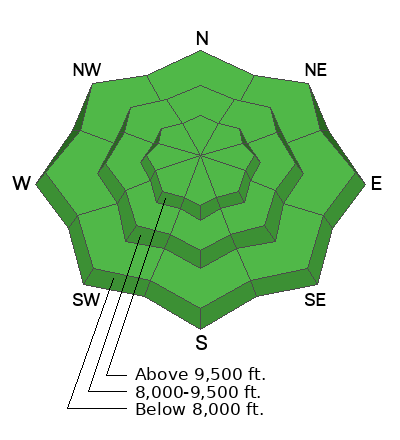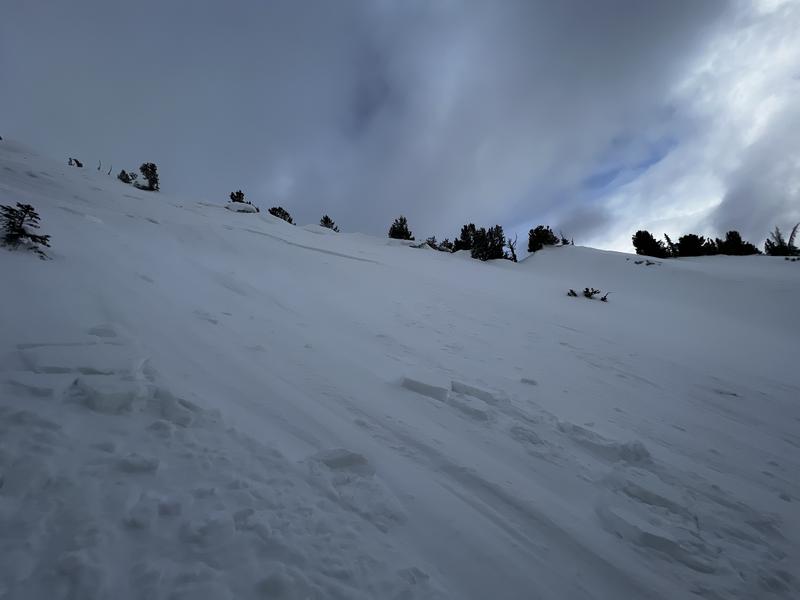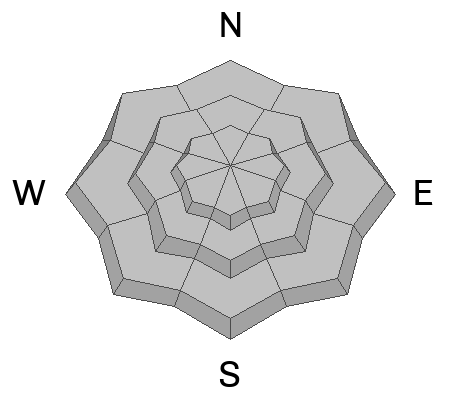This morning, skies are broken, and temperatures are in the mid and upper 30s F. Winds are from the southwest - gusting in the teens and 20s along mid-elevation ridges with gusts in the upper 30s and low 40s along the highest peaks. Since yesterday, the mountains picked up trace amounts of new snow that began as rain in many places.
Today will remain mostly cloudy with a chance for light snow, temperatures will rise into the upper 30s and low 40s F, and the southwesterly winds will remain moderate, gusting in the 30s at mid-elevations and mid-40s mph along the highest peaks.
The cold front for Saturday is still on track, bringing moderate to heavy snow from Saturday morning into Sunday. There’s some uncertainty about how long the snow will last on Saturday, depending on how things come together. We expect about 0.3-0.6 inches of water and 4-8 inches of snow.
Before yesterday, the days of cold and clear weather weakened had the snow surface, with either surface hoar or near-surface facets within the top couple of inches. The dash of new snow yesterday and today may offer a bit of a refresh to areas that may not have been as well protected but will likely not bond well to the weak faceted snow on northerlies or the suncrust on solar aspects. While yesterday’s and today’s trace amounts of new snow are not much of a concern, once larger storms return (and they will), we will likely enter a period of dangerous avalanche conditions.
No new avalanches in the Provo area mountains. Yesterday, there was one report of a skier-triggered shallow soft slab of wind-drifted snow in
Main Days, of the Central Wasatch. This slab failed 8" and 25' wide on an East Aspect at 10,400', likely on the faceted snow surface before the new snow yesterday.
Photo: Tucker
An
observer traveling in Broads Fork of BCC noted a recent glide avalanche on Bonkers (ENE facing at 10,100’). Rimmed to the west by steep and smooth quartzite slabs, Broads Fork is a well-known area for natural glide avalanches. Stairs Gulch to the west of Broads and Mill B South to the east are also known for glide avalanches. I wouldn't be surprised to hear of another glide release in this terrain with the continued warm temps. Here is more
info on glide avalanches. 









